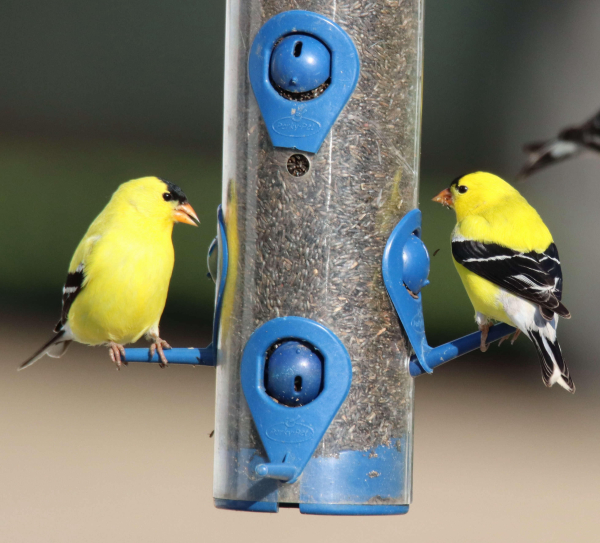Beavers: Not in My Backyard!
By Glen Wunderlich
When we think rodent, most of us may envision mice, rats, squirrels or 10-pound groundhogs. But, what if rodents grew to 50 pounds or more and lived right here in Shiawassee County? Well, lock your doors; they’re here!
Castor Canadensis is even known to kill humans, as evidenced this month when a fisherman in Belarus, Russia bled to death after being attacked and bitten by one, which severed an artery in his leg. If you’ve yet to picture the beast, it also goes by the moniker of North American beaver.
Weeks ago I discovered a poplar limb cleanly stripped of its bark lying alongside the Osborn Drain near home. Closer inspection revealed it had been chewed off by a beaver. I walked the edge of the waterway looking for more clues such as a dam or lodge but none was found, so I blew it off.
Weeks later, when a number of poplars were found chewed off at the water’s edge, my concern grew.
We’ve got enough flooding already with all the spring rain and a beaver dam would be less than welcome. Oh, I know how useful the busy buggers are to the ecosystem by maintaining wetlands, but aren’t humans already required to do so by law?
A few years ago, the DNR had to remove them from the same drainage, because some homeowners’ needed a boat to get to their front door.
Thinking it might be fun to get a photo of the homemaker, I focused a PlotWatcher time-lapse camera on some half-felled poplars along the waterway. Bingo! The beaver could be seen several times at the scene of the crime in daylight and their nocturnal nature became evident at daybreak, too.
I contacted my friend Shawn, who trapped beaver on the Looking Glass River, including a 54-pounder last season, and he agreed to help come November. Although there’s no seasonal limit on them, the trapping season ended March 31st and there is no hunting season for them, which spoiled plan B.
According to the DNR the conservation status differs with respect to source, but there have been significant threats to the survival of the beaver. Beavers have been hunted and trapped extensively in the past and by the year1900, the animals were almost gone in many of their original habitats. Pollution and habitat loss have also affected the survival of the beaver. In the last century, however, beavers have been successfully reintroduced to many of their former habitats.
Beavers prefer to eat the bark and cambium layer of willow, maple, poplar and a few other trees and roots containing cellulose, which other mammals cannot digest. The few trees in the area near the water are all but destroyed already, so the plan for now is to see what, if anything develops. I just hope it’s not a condo on the water.








